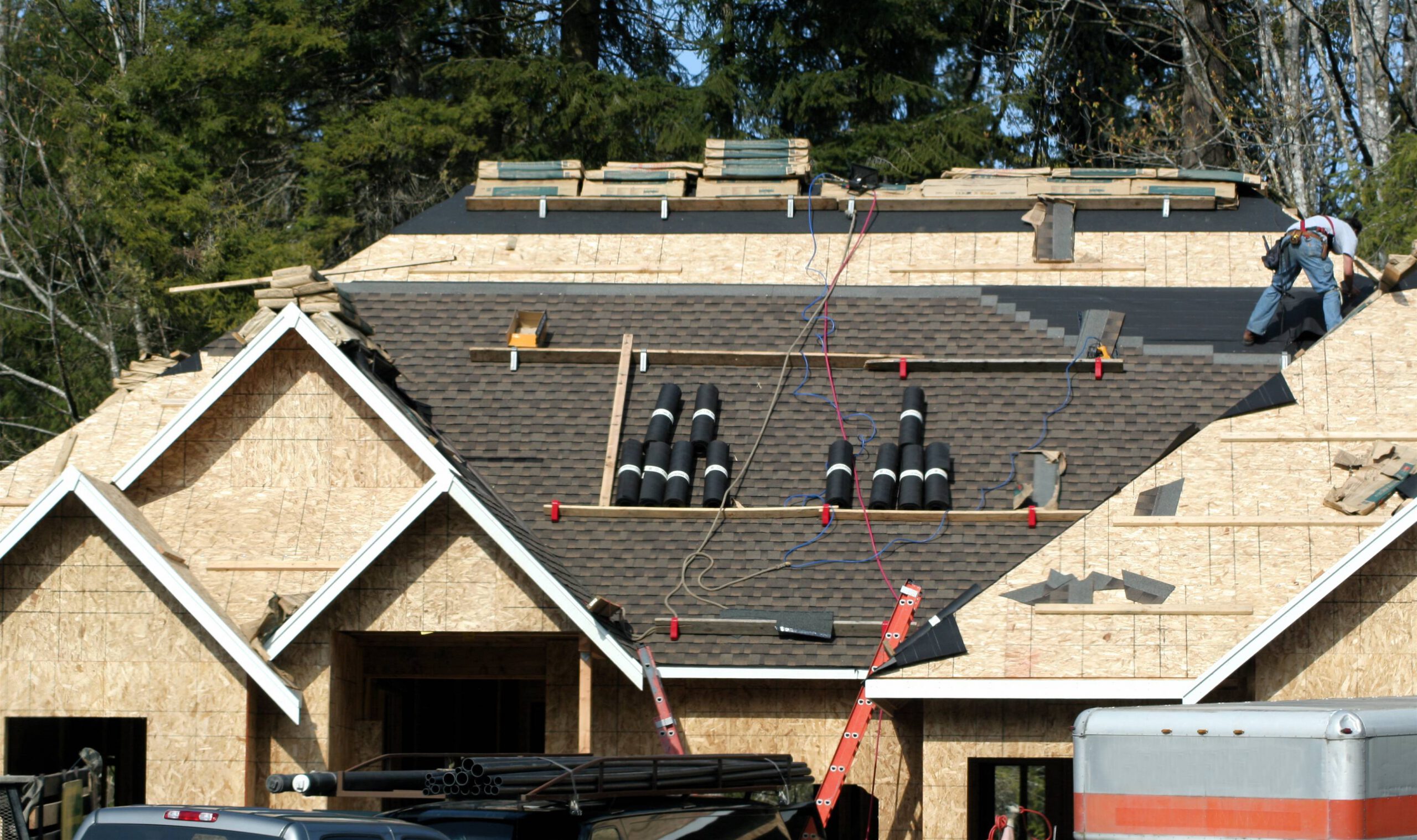How to Install Roll Roof
by siteadmin

The composite sheet is much thinner than shingles. Roll roofing is easier to install than shingles, and does not require heavy machinery such as forklifts.
Clean the roof first and remove any debris. Use a measuring tape to mark the first row on the roof.
Preparation
Make sure that the roof is free of debris and clean before installing roll roofing. It will reduce the chance of water penetration, and extend the life of the roof. To minimize waste, accurate measurements are essential.
Roll roofing should be overlapped to minimize leakage and seal gaps. Install drip edge flashing along the roof edges to prevent water from entering.
Remember that roll roofing is heavy and needs to be carefully stored until it's installed. Covering them with a tarp will protect them during storage or bad weather. Store them in a place that is dry and keep the stacks separate.
You can also find out more about
Roll roofing is ideal for patios, sheds, gazebos or garages. You can also use it to cover an outdoor play structure or a kids' treehouse.
Mark the chalk line on your roof's bottom edge before you begin laying the rolled roofing. This will allow you to lay your first layer of roofing evenly.
Cut the first piece of roofing to the correct size with a utility blade. The first piece of rolled roofing should be 35 inches wide, and as long as your roof.
After you have laid the first layer, place galvanized nails every 6 to 10 inches along the length of the roof. To prevent water from leaking in, cover the nails with cement.
Underlayment
Check for any sags on the roof. These can be corrected by filling or shimming. They can shorten the lifespan of rolled roofing.
Apply the first layer. This can be done with a caulk gun or a paintbrush. Be sure to remove any wrinkles or creases. The first layer can be nailed down using a hammer.
Install 9-inch cant stripes along the rake edge and eave edge of the roof after the underlayment is applied. If you are applying lap cement during cold weather, be careful not to lift up the lower edge. This could cause stress cracks and roof failure.
Nails
Roll roofing is different from other roofing materials in that it does not need an underlayment. The roll roofing does need to be secured using a hammer, and galvanized nails. The nails should be spaced six inches apart, and an inch or so from the edge.
Begin by installing drip edge trim on the roof and nailing it with a hammer. Then, nail the first sheet of roofing on the roof using the hammer.
Continue with the rest, overlapping the rows by 3 inches. After the roof has been completed, seal all nails using cement. This roofing project should be completed in a single day.
Cement
You must first clean the roof surface. Make sure that the roof is clean and free of debris, such as twigs and branches. It is important to sweep the roof surface in order to remove any loose debris that may fall during construction.
Mark a line in chalk 35 inches above the edge of the roof using a measuring tape. This line will guide you as you install the first layer of roll roofing.
Spread some roofing cement with a trowel on the roof surface you will be applying the roll roofing. This can be purchased at any local hardware store. Apply the cement gradually as you move along the roof surface.
The composite sheet is much thinner than shingles. Roll roofing is easier to install than shingles, and does not require heavy machinery such as forklifts. Clean the roof first and remove any debris. Use a measuring tape to mark the first row on the roof. Preparation Make sure that the roof is free of debris…
Recent Posts
- Scranton Plumbers: Your Trusted Plumbing Experts in Scranton, PA
- Scranton Plumbers: Your Trusted Plumbing Experts in Scranton, PA
- Attorney Big Al Emerges as the Premier Dundalk Car Accident Lawyer
- A Healthy Smile for Every Stage of Life: Boca Dental and Braces’ Family-Focused Dentistry in Las Vegas
- Lawn Care Spring Branch Advocates for Property Care: Combatting Weed Growth and Preserving Curb Appeal
